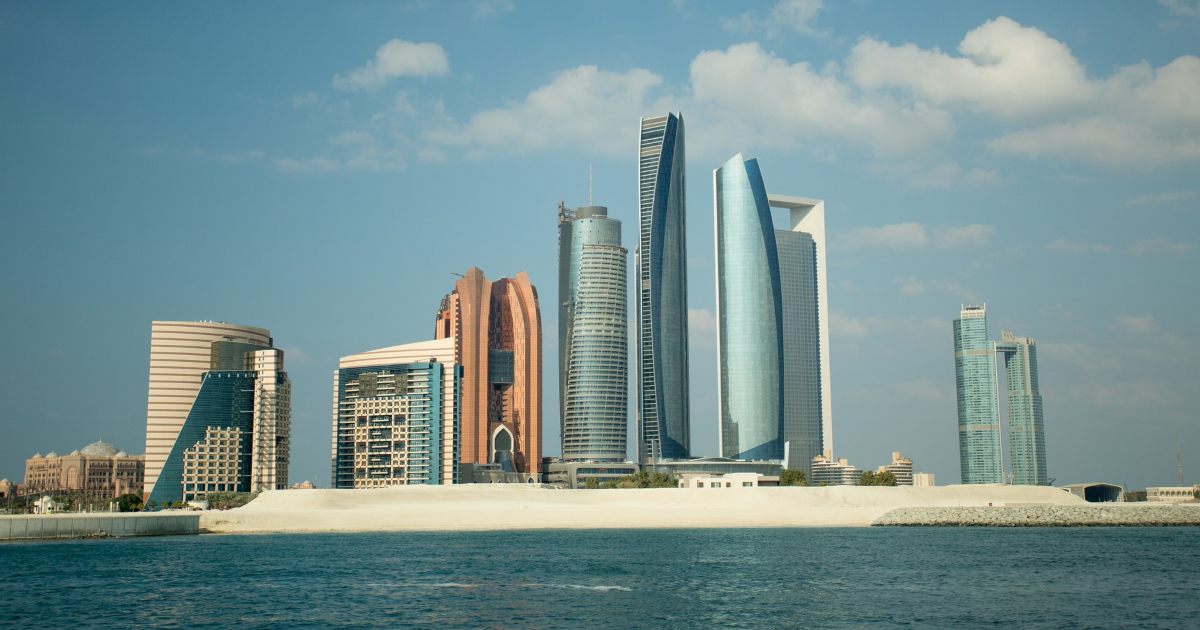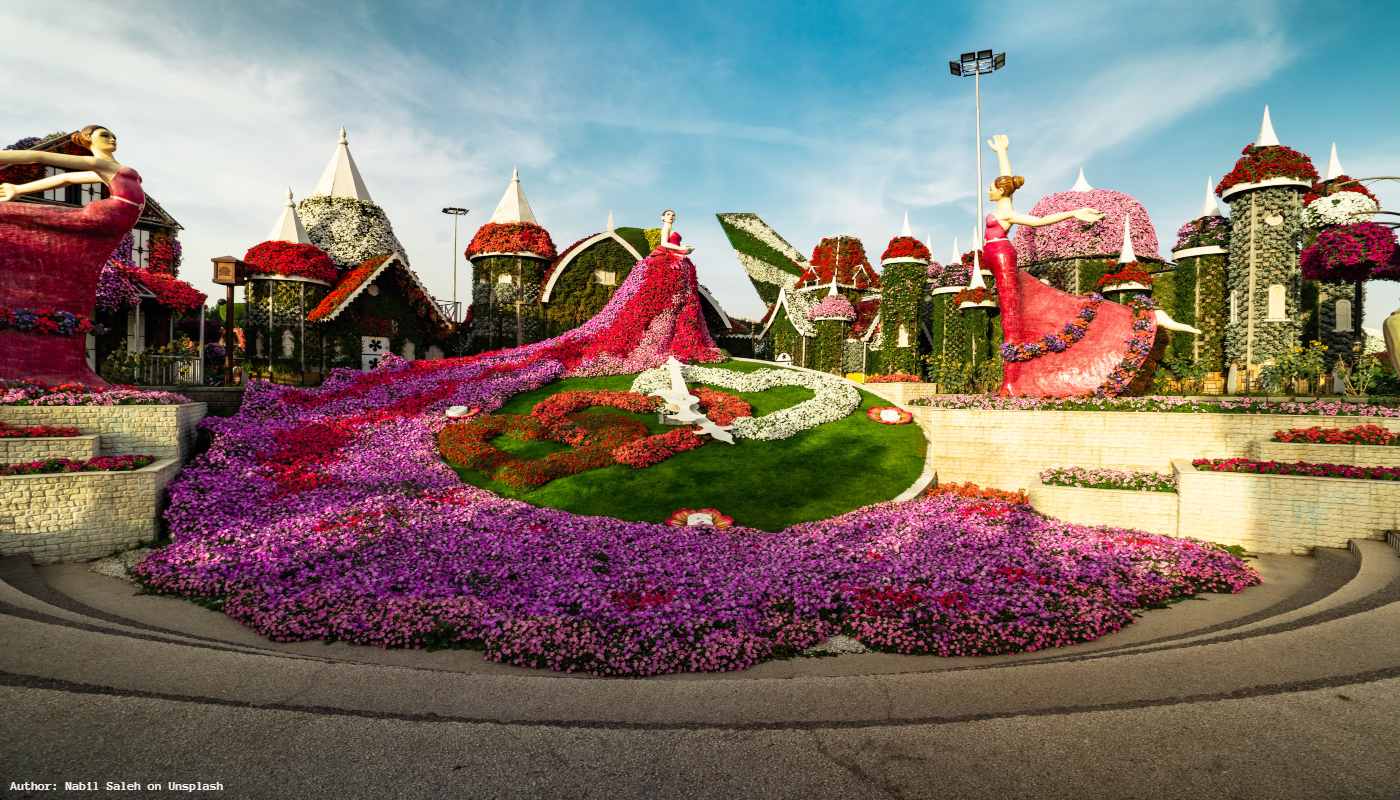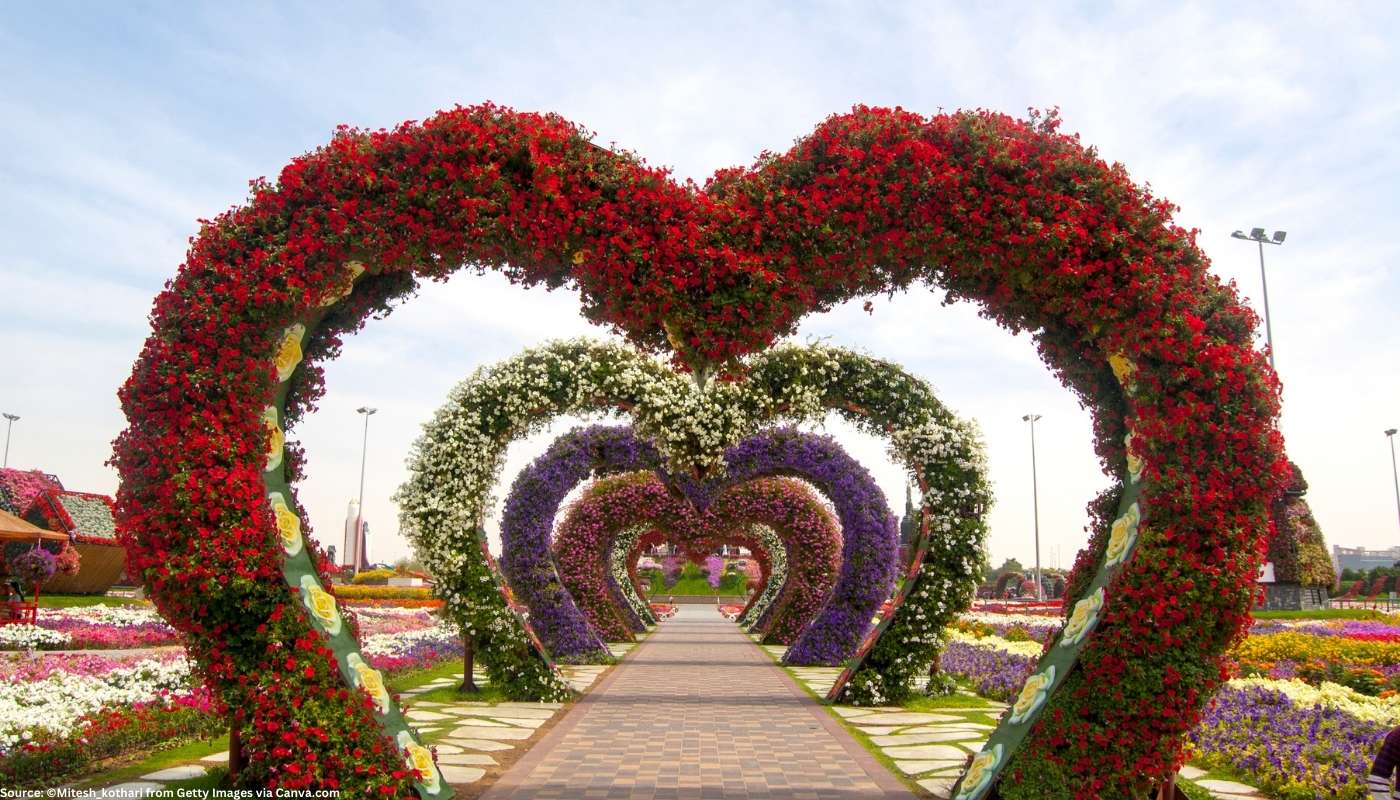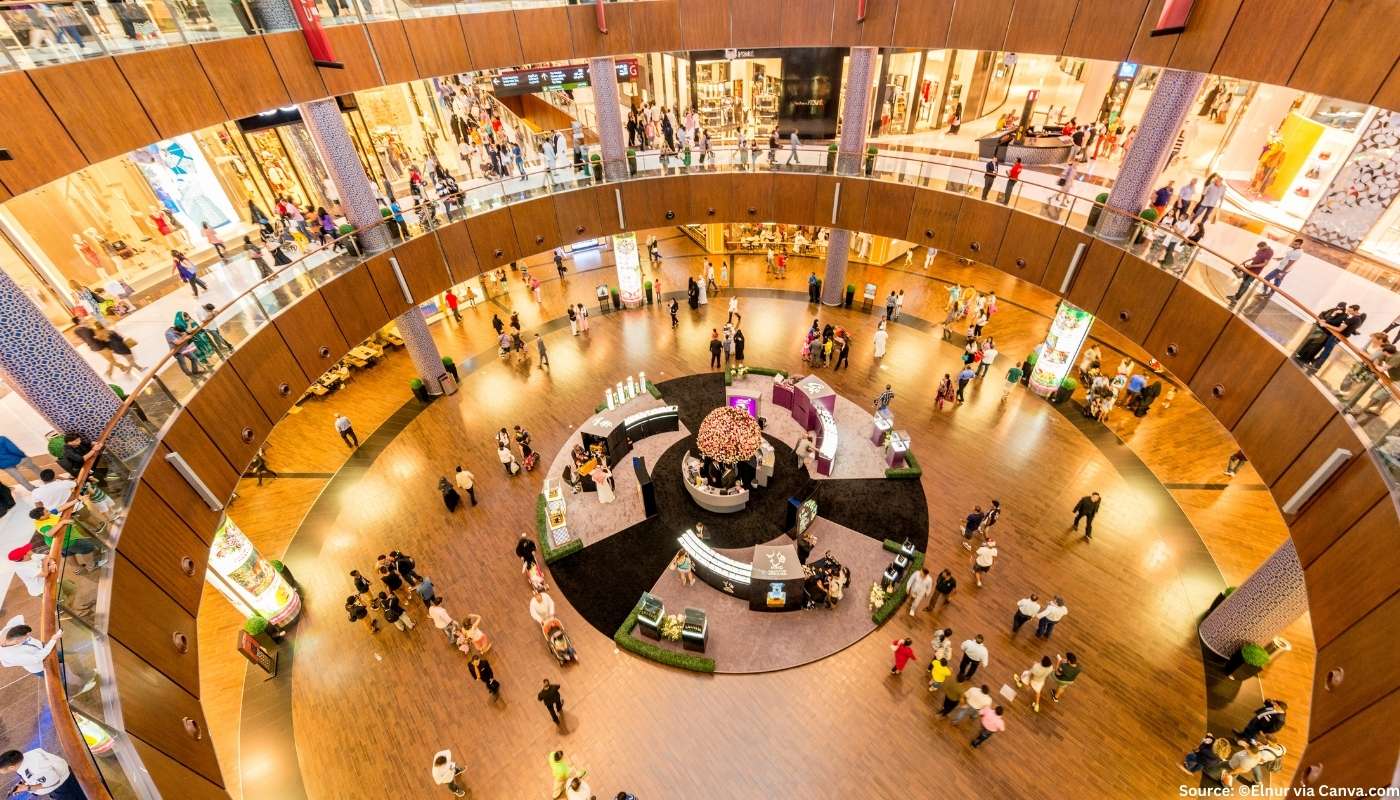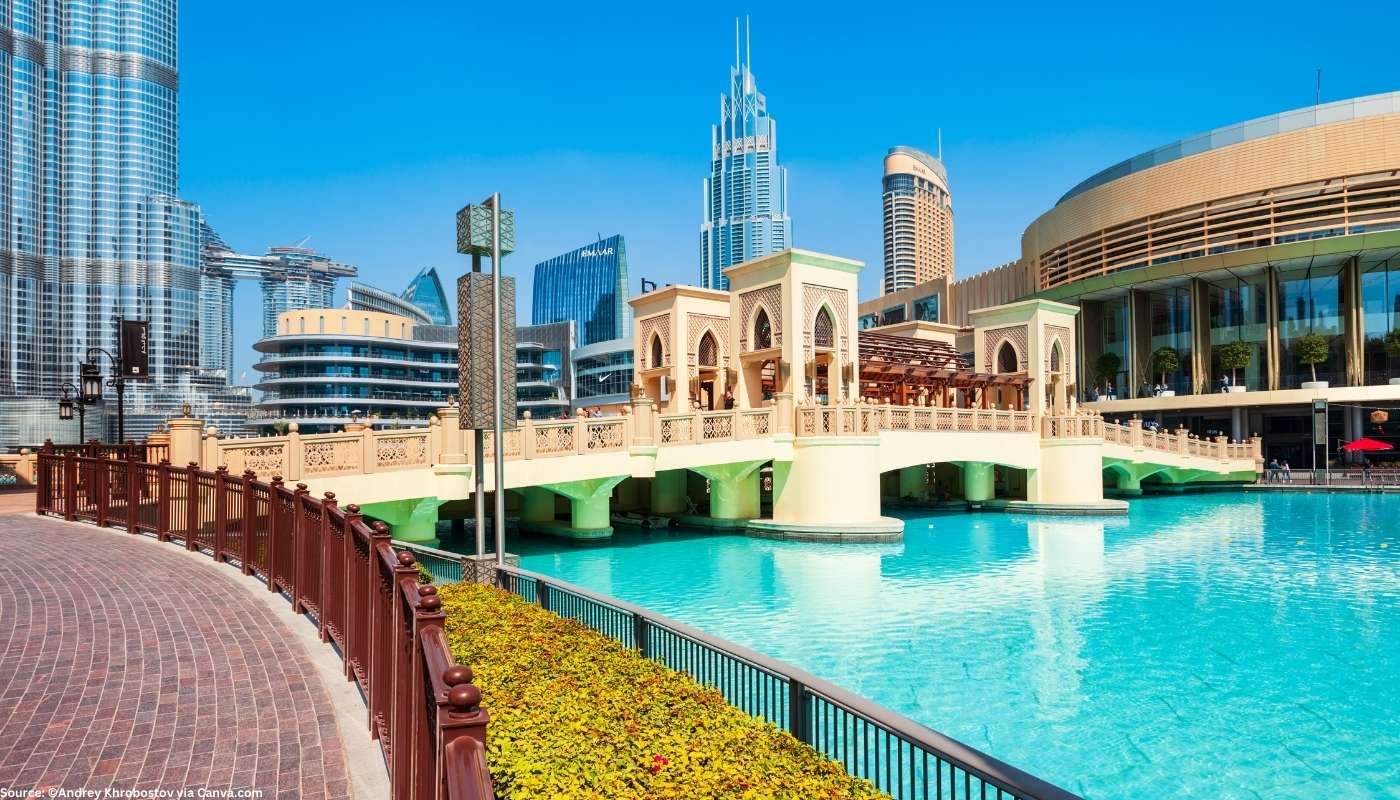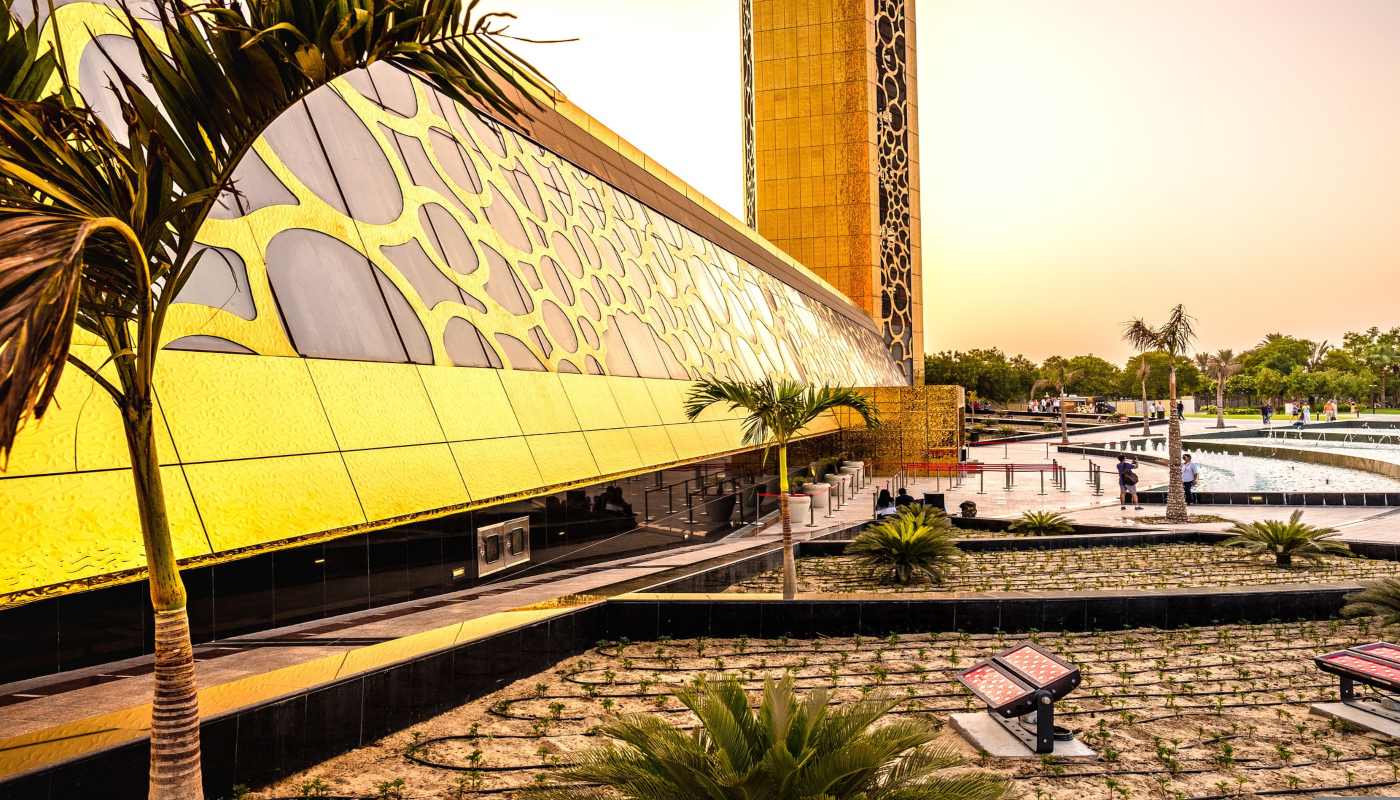When to visit United Arab Emirates during the year?
The United Arab Emirates experiences a hot desert climate with two main tourist seasons. The winter months from November to March are the peak travel period, offering pleasant temperatures perfect for exploring cities like Dubai and Abu Dhabi. Summer, especially from June to September, can be incredibly hot, making indoor activities and water sports more popular. Spring (March to May) and autumn (September to November) are transitional seasons, ideal for desert adventures and cultural festivals. Expect vibrant events like the Abu Dhabi Film Festival in winter and various shopping festivals in spring.
How to get to United Arab Emirates?
Getting to the United Arab Emirates is quite straightforward, thanks to its modern infrastructure and strategic location. The main entry point is the international airports in Dubai and Abu Dhabi, connecting the UAE to virtually every corner of the globe. Whether you're traveling by air, bus, train, or car, there are numerous options available.
- Main airports include Dubai International Airport (DXB) and Abu Dhabi International Airport (AUH), with flights from major hubs on all continents.
- For North America, direct flights from Los Angeles (LAX) and New York (JFK) are available.
- From Europe, major routes include London Heathrow (LHR) and Frankfurt (FRA).
- For Asia, don't miss flights from Bangkok (BKK) and Tokyo (NRT).
- For Australia, Sydney (SYD) is well connected.
- Low-cost airlines such as Air Arabia and FlyDubai offer budget-friendly options across the region.
- Flight times vary, with flights from London to Dubai taking about 7 hours and from New York approximately 14 hours.
- Main bus stations are located in Dubai and Abu Dhabi, with frequent services from neighboring countries like Oman and Saudi Arabia.
- Bus routes effectively connect cities such as Dubai, Sharjah, and Abu Dhabi.
- Currently, there is limited international train traffic; however, local trains provide connectivity within the UAE.
- Future plans for international rail links are under development.
- Main highways include the Sheikh Zayed Road and Emirates Road, facilitating easy travel across the country.
- Expect distances of around 450 km from Dubai to Abu Dhabi, typically taking about 1.5 hours by car.
- Note that some highways may have tolls, and road conditions are generally excellent.
Tourist activities in United Arab Emirates
The United Arab Emirates is a treasure trove of activities, beautifully blending modern attractions with rich cultural experiences. In Dubai, thrill-seekers can experience indoor skiing at Ski Dubai or conquer the virtual reality experiences at VR Park. Meanwhile, history enthusiasts can explore the Dubai Museum and Al Fahidi Historical Neighborhood, which showcases traditional Emirati life.
In Abu Dhabi, the magnificent Sheikh Zayed Grand Mosque is a must-see, while the Louvre Abu Dhabi offers a captivating mix of art and architecture. Adventure lovers can engage in desert safaris, dune bashing, and camel riding in the Arabian desert.
Those interested in beach activities will find luxurious resorts and pristine beaches along the coastline, perfect for relaxation or water sports. For nightlife, Dubai's vibrant club scene and rooftop bars offer stunning views, while traditional shisha cafes provide a taste of local culture. For family fun, visit theme parks such as Ferrari World, Yas Waterworld, and Legoland Dubai. The UAE truly caters to all interests and ages.
Accommodation in United Arab Emirates
The accommodation landscape in the United Arab Emirates is diverse, ranging from luxurious villas and beachfront resorts to affordable hotels and serviced apartments. In Dubai, you can find iconic hotel chains like Burj Al Arab and Atlantis, The Palm, with average nightly rates for luxury accommodations starting at around $300 and higher, depending on the season.
Abu Dhabi offers luxury hotels such as Emirates Palace, with options catering to different budgets. In less touristy areas, affordable hotels and guesthouses can start as low as $50 per night.
During the peak winter season, expect higher prices and heavier demand, especially from December to February, while summer months may see discounts as tourists tend to minimize their stay due to the heat. Choosing the right type of accommodation can greatly enhance your UAE experience, whether you prefer opulence or simplicity.
Food in United Arab Emirates
The culinary scene in the United Arab Emirates is as diverse as its culture, offering a delightful mix of traditional Emirati dishes and international cuisine. Must-try local dishes include Shawarma, Al Harees, and Machboos - a spiced rice dish often served with grilled meat or fish. For those looking for seafood, fresh catch from the Gulf is abundant.
In terms of drinks, Arabic coffee and sweetened mint tea are staples, while refreshing beverages like fresh fruit juices are widely available.
Food can be enjoyed at various price points, with local eateries offering meals at around $5 to $15, while high-end restaurants typically range from $30 to $100 per person. Popular dining spots include the bustling food stalls of Global Village and the luxury restaurants found in high-end hotels.
Important numbers and information
- Emergency services: Police - 999; Ambulance - 998; Fire Brigade - 997
- Embassy of the United States: 800-246-225
- Dubai International Airport: Al Garhoud, Dubai
- Abu Dhabi International Airport: Abu Dhabi
- Currency: United Arab Emirates Dirham (AED); Payment methods: Credit cards widely accepted, cash preferred in some local markets.
- Visa/passport regime: Most nationalities can obtain a visa on arrival; check specific requirements prior to travel.
What to see in United Arab Emirates?
The United Arab Emirates is home to an array of stunning attractions and cities that reflect its rich heritage and rapid modernization. In Dubai, the Burj Khalifa stands as the tallest building in the world, providing breathtaking views from its observation decks. The Dubai Mall, one of the largest shopping complexes globally, offers a plethora of retail and entertainment options.
Abu Dhabi boasts the serene Emirates Palace and the cultural marvel of the Louvre Abu Dhabi, which houses stunning artworks and exhibits.
Additionally, Sharjah, the UAE's cultural capital, is known for its museums and heritage sites like the Sharjah Art Museum and the Blue Souk. The Ras Al Khaimah beaches and Hatta mountains offer peaceful retreats away from the city bustle.
Don't miss the stunning desert landscapes and the chance to experience traditional Bedouin culture in places like Al Ain and Liwa, where visitors can engage in camel rides and desert camping under the stars.
History, geography and climate
The United Arab Emirates, formed in 1971, consists of seven emirates, each with a unique story and cultural identity. Historically, the region has been inhabited for thousands of years, with various influences from the Persian, Roman, and Islamic cultures. Geography-wise, the Emirates feature vast deserts, coastal cities, and mountainous regions, contributing to its diverse landscapes.
The climate is classified as arid desert, with extremely hot summers (averaging around 40°C) and mild winters (averaging 20°C). Rainfall is limited, making winter the best season for outdoor exploration.
Population and culture
The population of the United Arab Emirates is approximately 9.3 million, with a significant expatriate community contributing to a multicultural environment. Arabic is the official language, but English is widely spoken, reflecting the international makeup of the country.
Islam is the predominant religion, heavily influencing the culture, traditions, and daily life. Significant cultural events include Ramadan and Eid celebrations, which are observed with great reverence. The UAE also celebrates National Day on December 2nd, marking its independence.
Traditional Emirati customs are still practiced alongside modern influences, with cultural institutions like the Sheikh Mohammed Center for Cultural Understanding promoting the rich heritage through events and activities. Traditional dance, music, and falconry are also integral aspects of the Emirati cultural identity.

